 React Finland
React Finland
Summary of GraphQL Finland 2018
After React Finland, we had a conference organization in place, and we had some idea on how to organize events. Mikhail, one of our volunteers, wanted to hold an event about GraphQL and we decided to support him in this venture. As a result, GraphQL Finland was born.
We set it up on a rather tight timeframe as the planning begun in May. In effect, we had less than six months to pull it off. This time around we tried a different venue. The scope of the event was smaller (two days instead of three) as was the target amount of visitors. We were profitable at around a hundred, but in the end, roughly 170 people came to the event, mostly from abroad.
Paasitorni — The Venue#
Paasitorni was spacious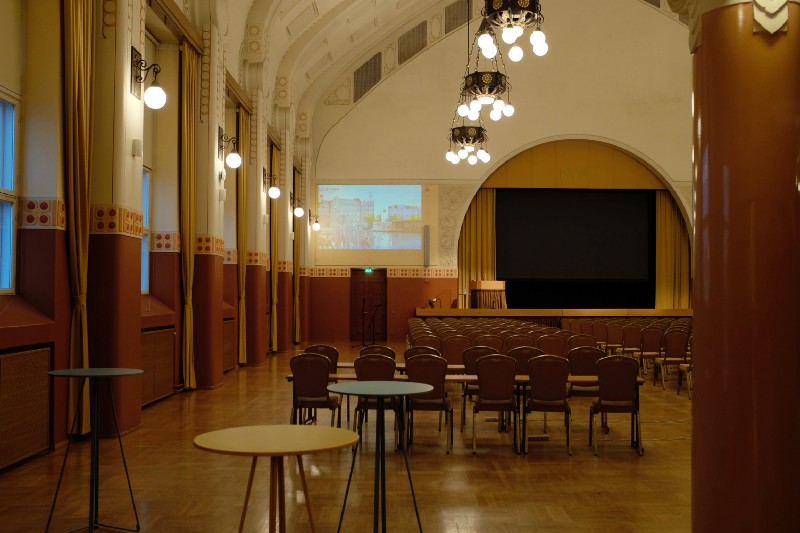
One of the benefits of choosing Paasitorni as the new venue was the availability of a live stream based on YouTube. You can see the recording on the video service already. Official, cut videos will be available within a week or two as they require some time to produce.
The venue had plenty of space, and it can fit a much bigger one. We had some issues with the quality of the projectors in the workshop rooms and audio in the main hall, but both will be addressed for the next edition. The personnel was accommodating to our needs and made our task of running the conference much more comfortable.
The venue has two restaurants within so we were able to provide authentic Finnish lunch experience to our guests. There was also coffee made famous by the president of France available during the breaks.
Lanyards were handmade and I crafted the design (with CSS and React of course)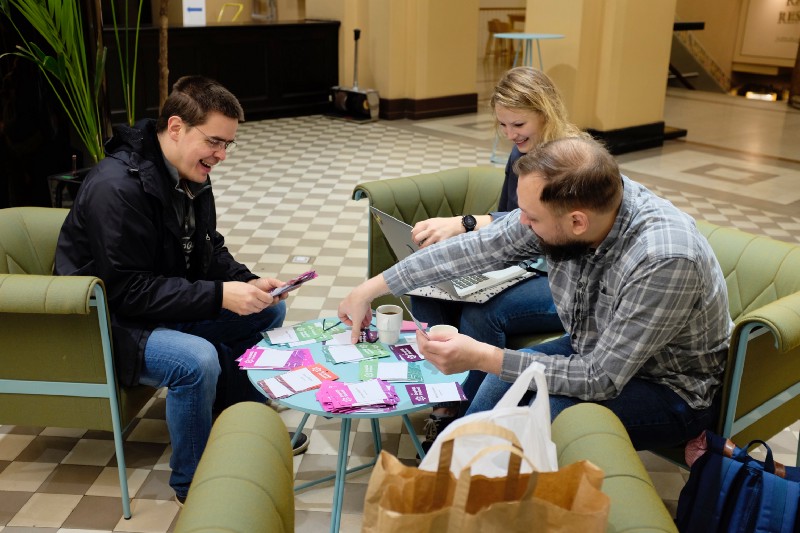
Workshops of GraphQL Finland#
Marc-André’s workshop in progress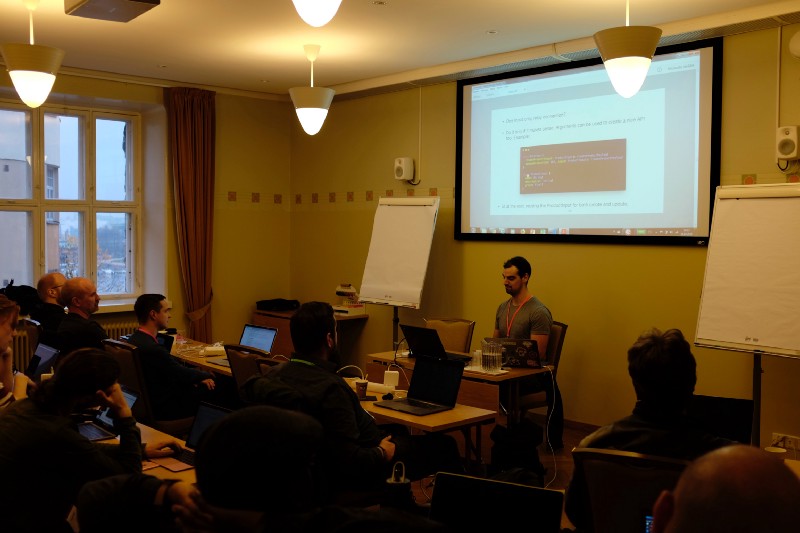
This time around, we decided to organize four full-day workshops targeted on different levels. We had two beginner workshops (one was for diversity) and two more advanced ones. Surprisingly many people bought tickets for all, and they were close to sold out.
I feel having a full day available keeps things more relaxed as you don’t have to rush through content and have time to focus. My beginner workshop replaced the canceled one (the speaker had to withdraw two weeks before) and Mikhail held a beginner one as well. Nik Graf and Marc-André Giroux held our advanced workshops.
To reward our workshop teachers for their efforts, we’ll split the profit with them (Mikhail and I won’t take a cut) as I feel that’s a fair way to appreciate their time and effort.
Speakers’ Dinner#
I think we were joking about Germans. Sorry Germans!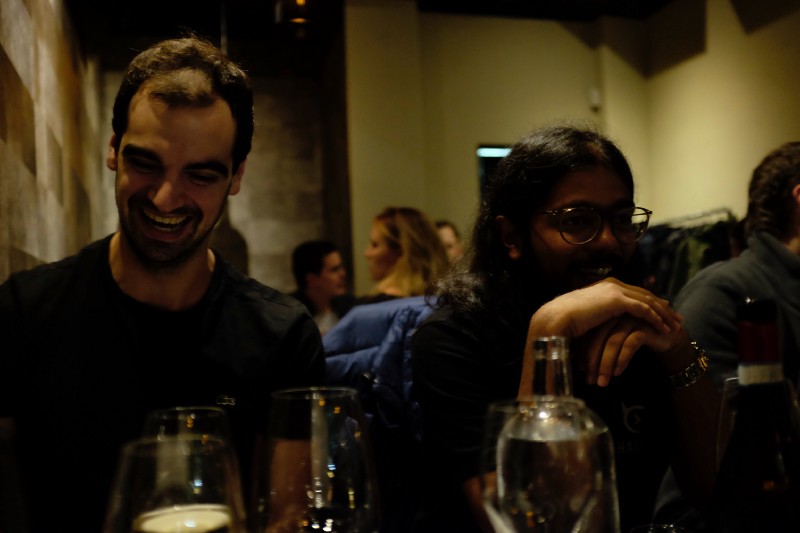
Usually, the highlights of a conference for the speakers are the dinner and the afterparty (or parties), so we tried our best. This time around, we took our speakers to the restaurant Passio for a six-course dinner. There were various wines available, and you could also get beer if the wines weren’t your thing.
I felt people were enjoying their time and they got a taste of Finland in the form of a variety of fish, meat, and vegetable-based foods. Sadly no mämmi was available.
We don’t cook like this at home.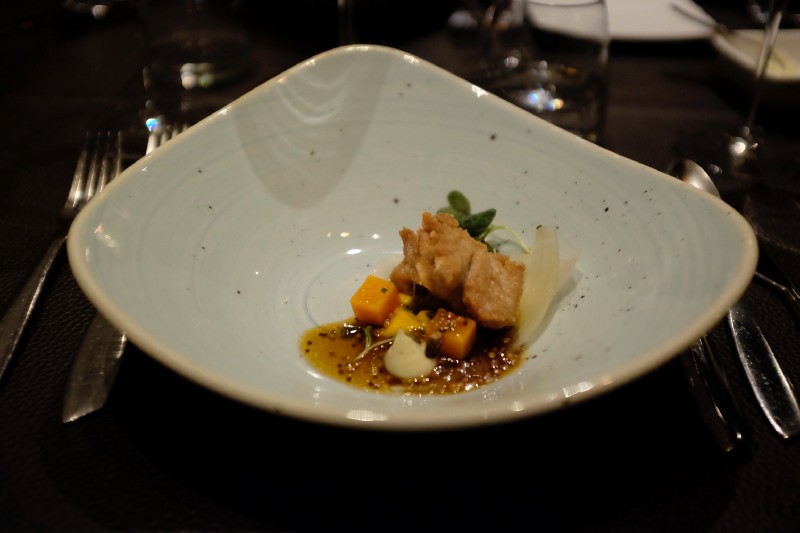
The Conference Day#
The venue was a massive, 110 years old building built by the unions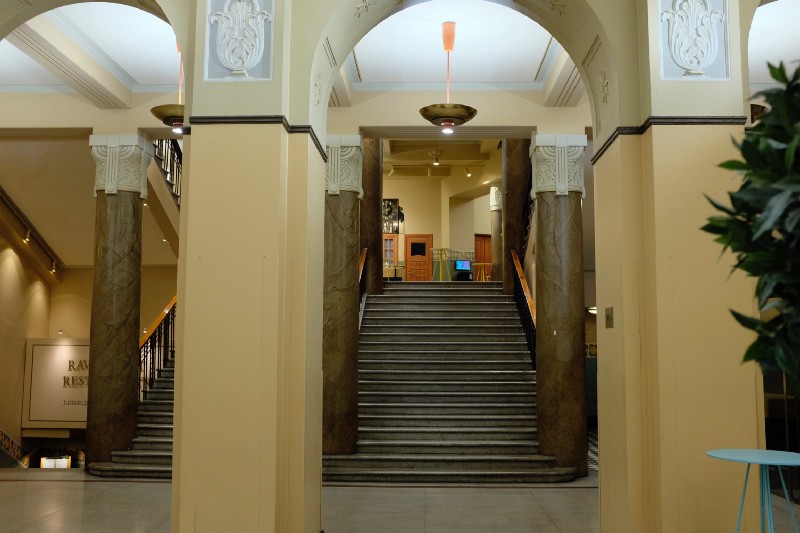
As with React Finland, we had someone to design the program and invite speakers for it. This time around, it was up to Mikhail to figure out what might make sense. He felt we would have to be vendor neutral. That’s fitting given the history of Finland. We’ve always been between the east and the west and as such, forced to be the epitome of neutrality.
The approach led to a diverse range of topics. The talks ranged from fifteen minutes to half an hour and the day was split into themed sessions. You could enjoy pastries, and the famous Finnish coffee in between and a restaurant lunch was included in the price as well.
Our gold sponsors, Gofore and Digia, had their own space where the attendees could chill out and learn more about the companies if they so wished. I felt we had just about the right amount of sponsors and all the notable GraphQL vendors were present in one way or another.
I learned a lot from the talks, and I’ll likely restructure my workshop as a result. I believe even experienced GraphQL practitioners gained new viewpoints on the topic. Some of the highlights for me included insights on how to scale GraphQL within an organization (Adam Miskiewicz), how to write better documentation (Carolyn Stransky), how to write GraphQL type safely (Johannes Schickling), and how to develop a GraphQL application database first (Benjie Gillam). Every single talk gave me more perspective on the topic, and I feel we had a strong lineup this time.
You can find the talks on YouTube. Official recordings will come later, and we’ll likely do a better summary of the presentations then.
The Afterparty#
Afterparty in the 80s style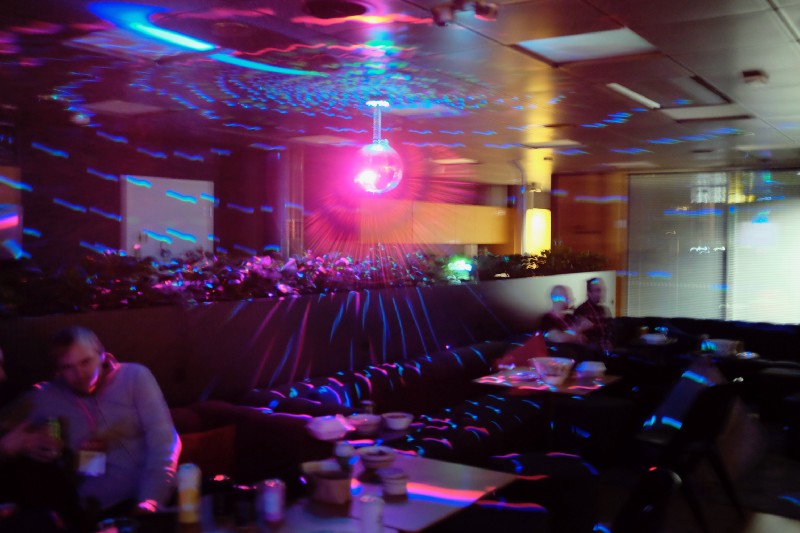
Gofore organized the afterparty of the conference and I feel they did an excellent job at it. Although there was music, it wasn’t too loud, and there was space to discuss with people. I also gave away some special goodies for those that were around long enough.
Conclusion#
Although I’m biased, I think GraphQL Finland was a good conference even if it didn’t sell out. We gave people inspiration and space in which to converse. I hope at least some of our visitors come back and check out the country with more time available.
It’s conferences like this where we can “sell” the isolated country to the rest of the world a little bit. It might not be anything special, but that’s entirely the point.